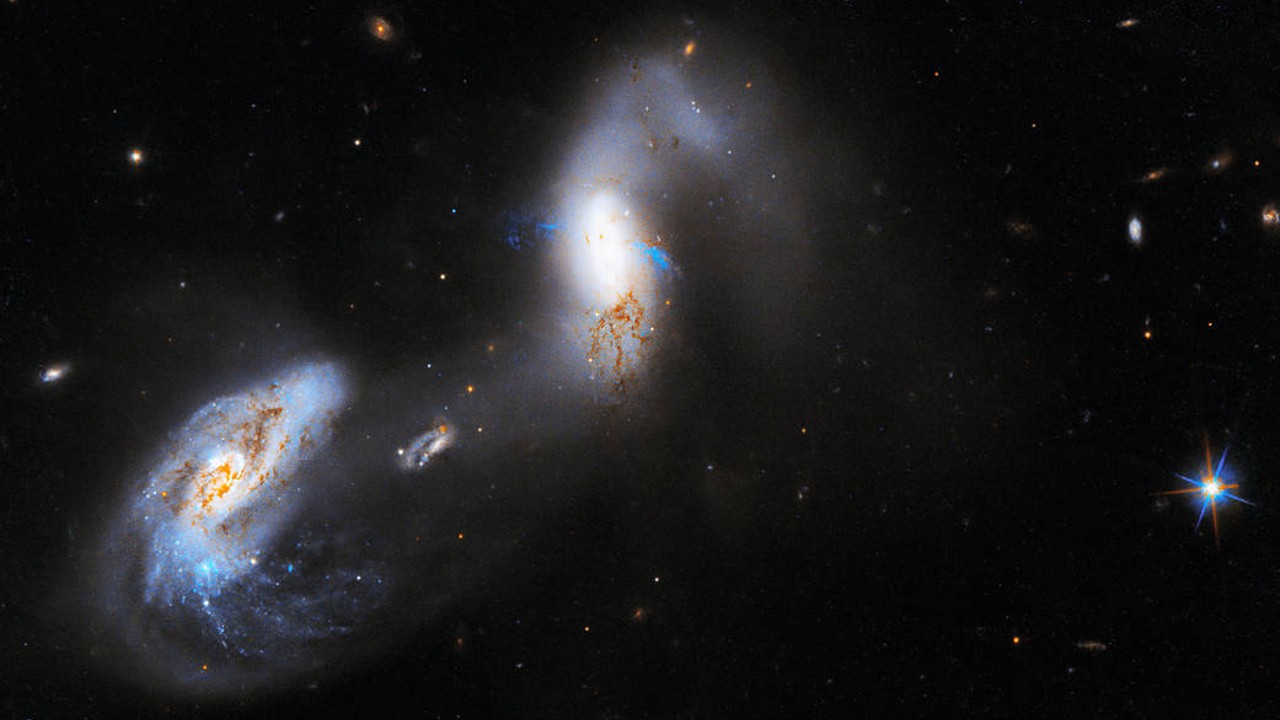
Black hole week kicked off on Monday (May 1) with scientists and space enthusiasts alike celebrating our growing understanding of these cosmic titans by sharing images information, and news stories across the internet using the hashtag #BlackHoleWeek.
Not to be left out, NASA is ensuring that this week of recognition for black holes is a memorable one. The space agency has been providing links to an array of content on its Black Hole Week website with new elements added each day.
Taking a look at the sheer density of resources NASA is offering may leave even hardened space fans leaving as if they are falling into a black hole themselves but in a good way!
Related: Black holes: Everything you need to know
Black holes are cosmic events born when massive stars reach the end of their nuclear fuel-burning lives and can no longer support themselves against complete gravitational collapse.
This collapsing matter is so dense it creates a region of space so distorted and warped that at its edge not even light is fast enough to escape its gravitational influence. This light-trapping outer boundary is called "the event horizon."
Monday: NASA grabs the imagination and doesn't let go
NASA started the week on Monday with some content that much like the event horizon of a black hole does to anything that crosses it, grabs the attention and doesn't let go.
First up was an animation produced by NASA's Goddard Space Flight Center Conceptual Image Lab that begins at the sun and pulls back to reveal elements of the solar system and the size of the supermassive black holes. These are the most tremendously large black holes with masses that can be millions or even billions of times that of the sun which are believed to sit at the heart of most large galaxies.
NASA estimated the size of the supermassive black holes by calculating their "shadow" which is twice the size of the black holes event horizon, the diameter of which can, in turn, be calculated by using the mass of the black hole. The greater the mass, the wider the spherical boundary of its event horizon and thus the wider its shadow.
The animation runs through the supermassive black hole at the heart of the Milky Way, Sagittarius A* (Sgr A*), with its mass of around 4 million times that of the sun, to the black hole at the heart of the galaxy Messier 87, which has a mass over four and a half billion times that of our star.
The animation concludes when it reaches the most massive and thus widest supermassive black hole on record, Tonantzintla 618 (Ton 618), which has a mass equal to around 60 billion suns, or greater than the mass of every star in the Large Magellanic Cloud combined.
Also on the first day of black hole week, NASA highlighted observations of lenticular galaxy NGC 3489 made by the Hubble Space Telescope. This galaxy has a supermassive black hole at its heart that is powering what astronomers call an "active galactic nuclei (AGN)."
AGNs occur when black holes are surrounded by matter in the form of gas and dust that is gradually fed to them. As this happens this material is whipped around the event horizon at speeds approaching that of light and is heated to extreme temperatures. This causes this material to emit light to such intensities that AGNs like that of NGC 3489 can outshine every star in the galaxy they sit at the heart of combined.
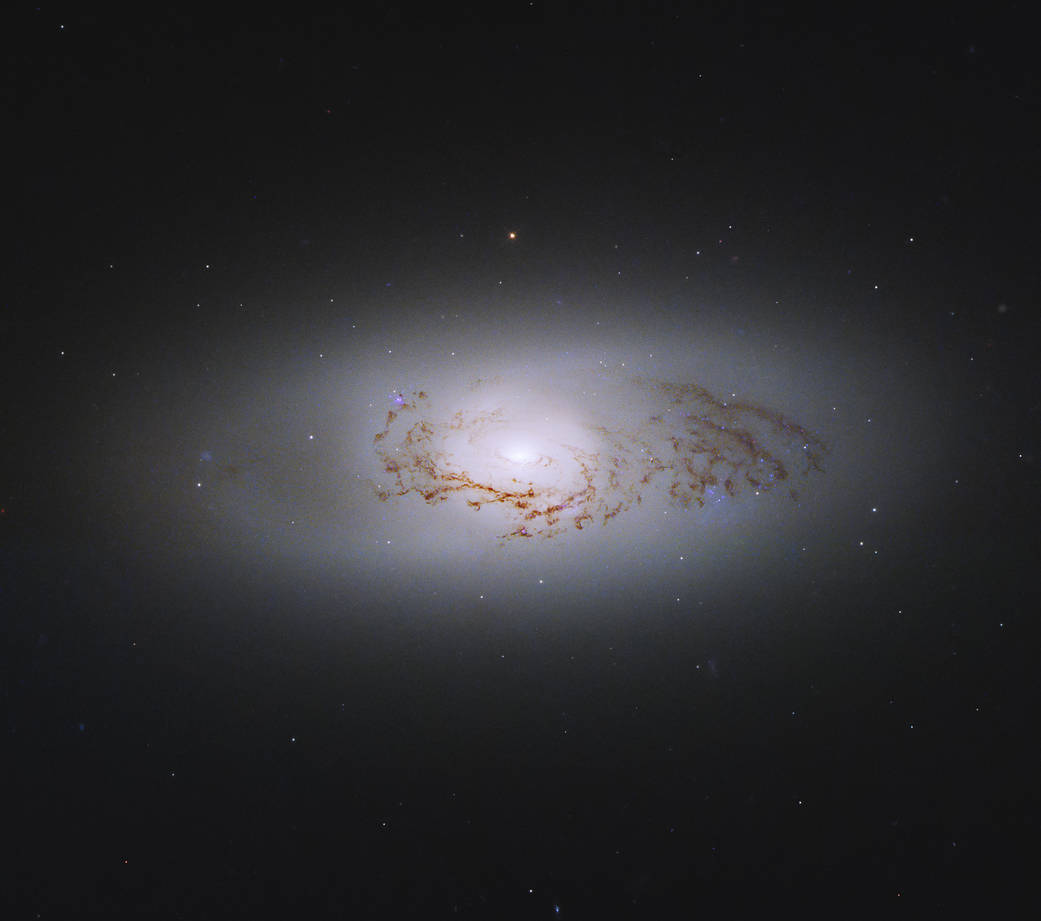
Tuesday and Wednesday: NASA Spaghettifies the mind
When objects approach the boundaries of black holes, the force of gravity begins to intensify so much that the gravity felt at the head of the object, further from the black hole, is much weaker than what is felt at its base, closer to the black hole.
This leads to intense tidal forces and causes a process colorfully called "spaghettification" that stretches the object vertically while squeezing it horizontally. For supermassive black holes in which the event horizon is far from the central concentrated mass, or singularity, this process may start long after an object has crossed the light-trapping boundary.
On the second and third days of black hole week, NASA set about "spaghettifying" the mind of website visitors, by offering a glimpse at the supermassive black hole at the heart of the galaxy Centaurus A, located 12 million light-years from Earth in the constellation Centaurus.
Seen by NASA's Chandra X-ray Observatory and its Imaging X-ray Polarimetry Explorer (IXPE) satellite, this black hole is feeding off the gas and dust encircling it and is blasting out jets of high-energy particles and other material. The jet seen in the image extends for an incredible 13,000 light-years.
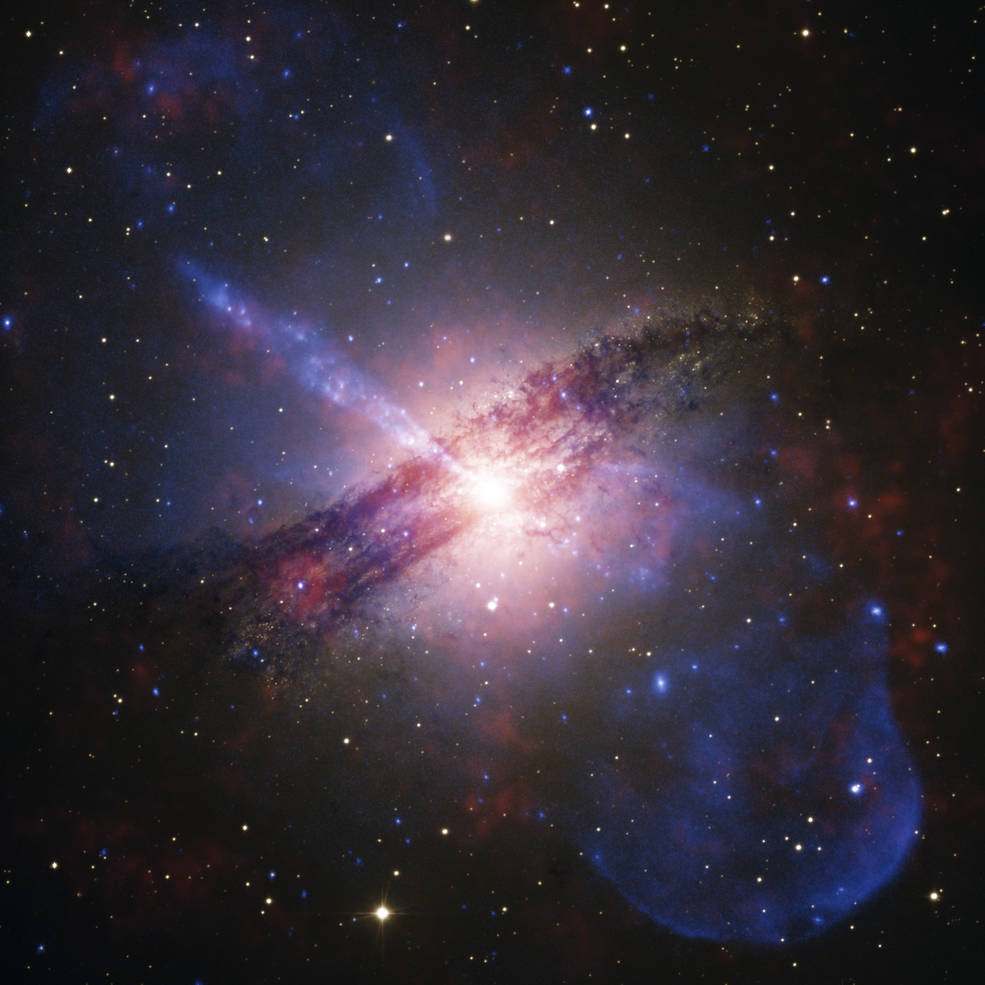
On the third day of black hole week, NASA really dived into the concept of "spaghettification" by offering a gruesome explanation of what happens to an object that ventures too close to a black hole.
This included a video showing supercomputer models of the effects these extreme tidal forces would have on stars that orbit too close to a monster black hole with a mass 1 million times that of the sun. The simulations show the deformation that occurs to these stars during so-called "tidal disruption events (TDEs)."
In some of the TDEs shown, the stars are fully pulled apart, while others maintain some of their shape and survive the close encounter. The fate of the stars seems to depend on their internal density, according to the simulation.
Also on Wednesday, NASA showcased an image from Hubble that shows the interacting galaxies of AM 1214–255. Both of these galaxies contain bright AGN hearts which can be seen glowing white in the image.

Thursday: Black holes can also be bright
On Thursday, NASA shared a Chandra X-ray Observatory image of Messier 84, a galaxy with a giant black hole at its center. In these X-ray images, the galaxy glows with gas reaching temperatures over tens of million degrees. Jets of material being blasted out by Messier 84's black hole form a giant letter 'H' that stretches for 40,000 light-years, or about half the width of the Milky Way!
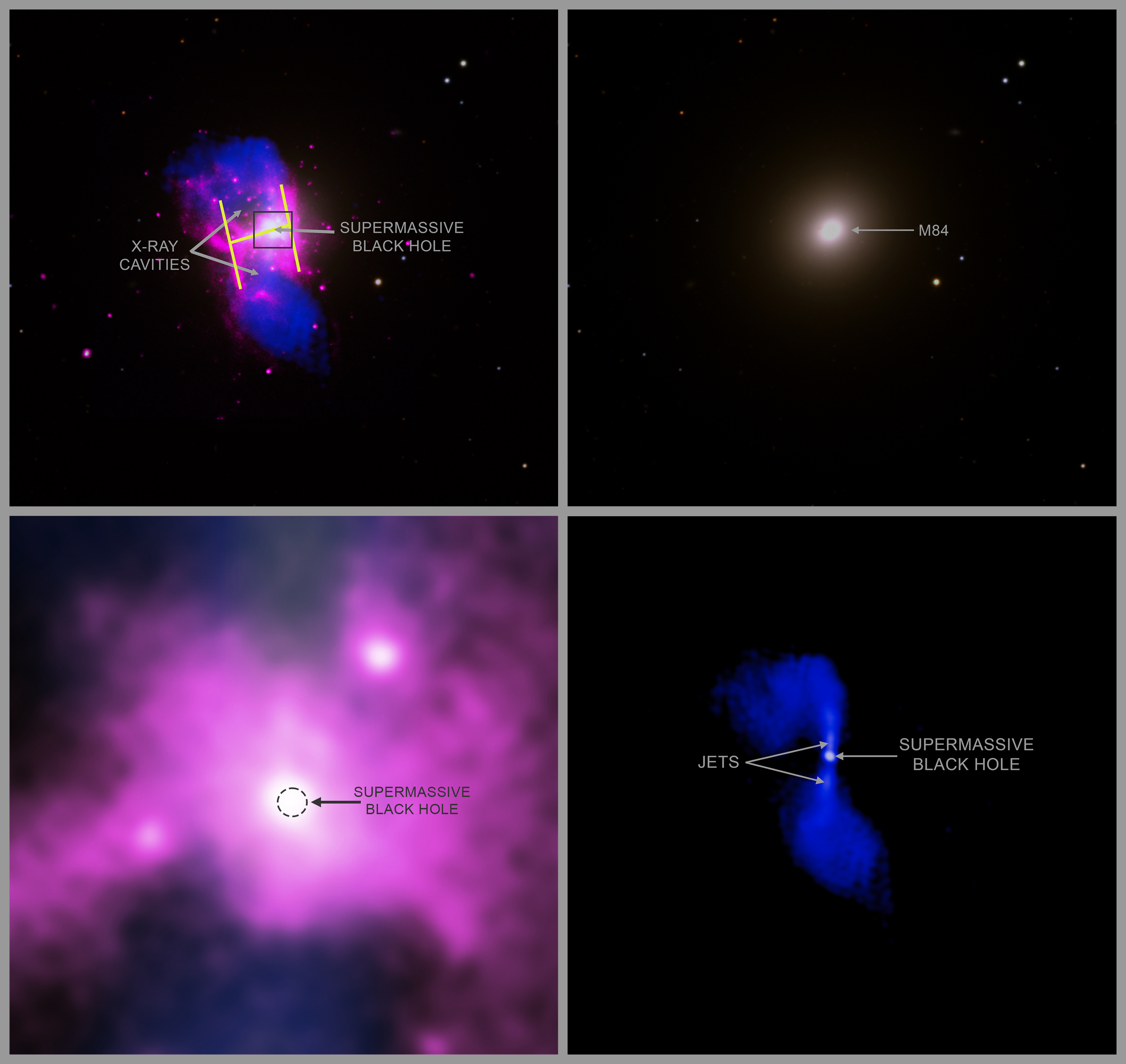
NASA also shared a post on NGC 547, an elliptical galaxy found some 250 million light-years away in the constellation Cetus. This galaxy blasts out radio waves powered by jets by a black hole found at its center.
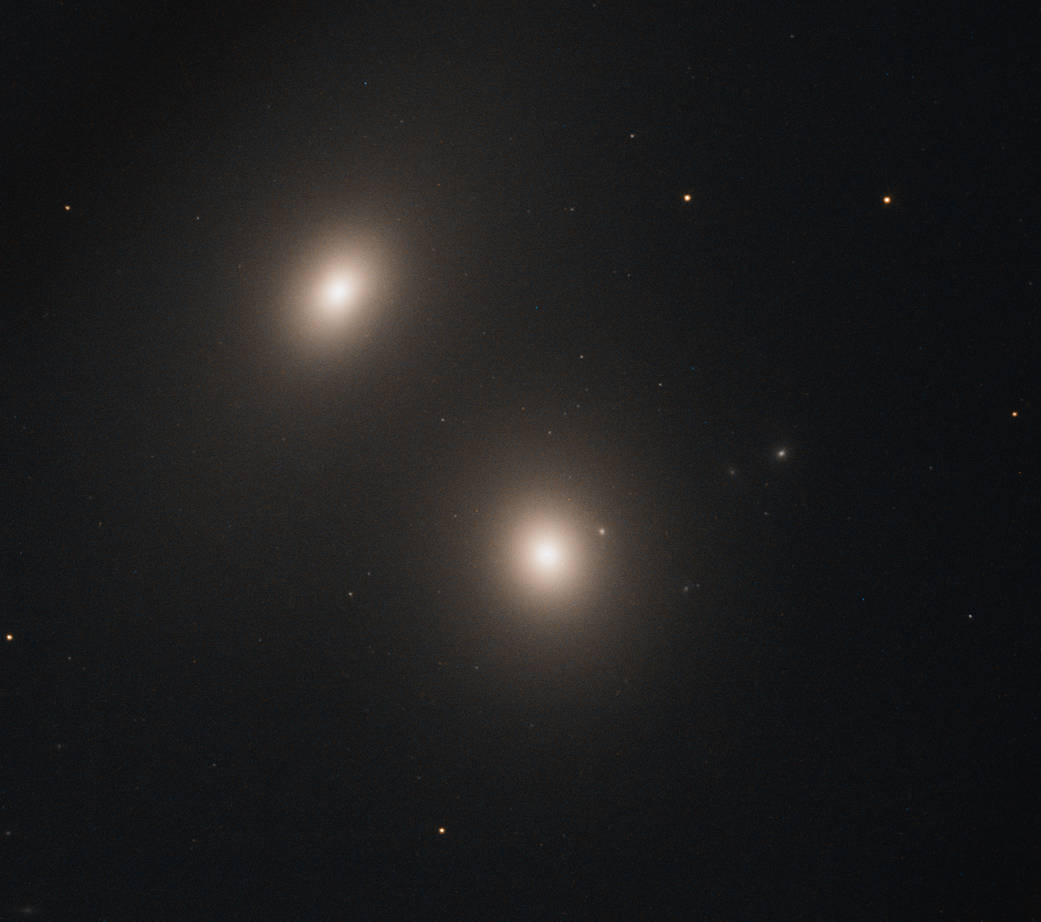
Friday: The mystery of black holes intensifies
The deep interiors of black holes are a mystery to astronomers thanks to the fact that the light-trapping barriers of event horizons prevent us from ever receiving a signal from these regions of space. At their heart, black holes seem to have a singularity — infinitely dense matter squeezed into an infinitely small point — where the laws of physics themselves no longer seem to hold.
And at the time of writing NASA is yet to release its content for Friday, the final day of black hole week making it equally mysterious, marked on the website by a "coming soon" message. If the rest of the week is any indication, the space agency should have something spectacular up its sleeve!
The brief list above is only the tip of the iceberg in terms of the wealth of content NASA has made available during black hole week. To take a full look at the information and resources NASA has on offer this black hole week, space enthusiasts can visit the space agency's Universe Exploration website, try not to be sucked in!







